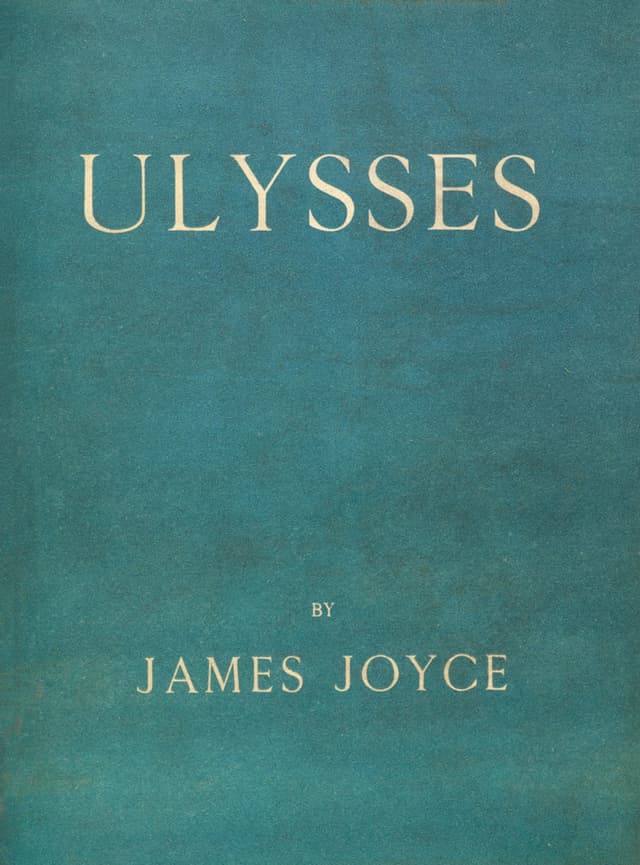Laynta participates in the Amazon Services LLC Associates Program, an affiliate advertising initiative that allows us to earn fees by linking to Amazon.com.

Molloy
Molloy, written by Samuel Beckett and first published in 1951, is the first novel of his famous trilogy, which also includes Malone Dies and The Unnamable. Notably one of Beckett's most celebrated works, Molloy is an exemplar of post-World War II literature and is considered a significant text in the modernist and absurdist genres.
The novel is divided into two parts, each narrated by a different character. The first part is told by Molloy, a homeless wanderer with a complex and unclear quest, possibly in search of his mother. The narrative here is nonlinear, fragmented, and filled with Molloy's introspections and existential musings. His physical journey mirrors his mental labyrinth, where he grapples with the nature of being and the absurdity of his existence.
The second part is narrated by Jacques Moran, a private detective tasked with finding Molloy. This section presents a stark contrast to the first, with Moran's account being more structured and methodical. However, as the narrative progresses, Moran's world starts to unravel, mirroring the disintegration experienced by Molloy.
Molloy is marked by Beckett's distinctive minimalist style, characterized by sparse yet potent language. The novel's exploration of themes such as identity, language, and the human condition reflects Beckett's ongoing preoccupation with existential despair. The narrative's ambiguity and the circular nature of the characters' quests are central to its exploration of the futility and absurdity of human existence.
For in me there have always been two fools, among others, one asking nothing better than to stay where he is and the other imagining that life might be slightly less horrible a little further on.












